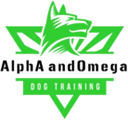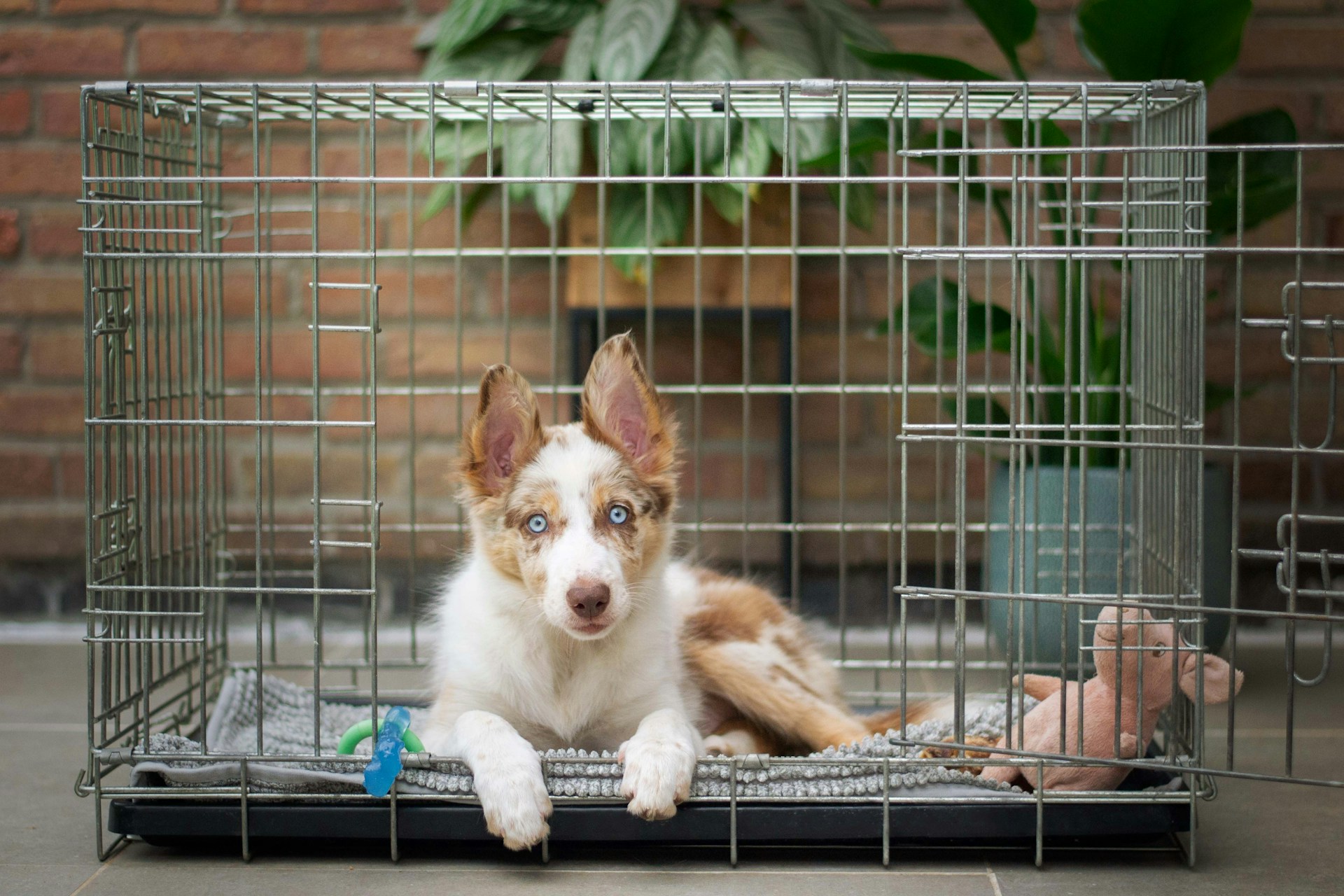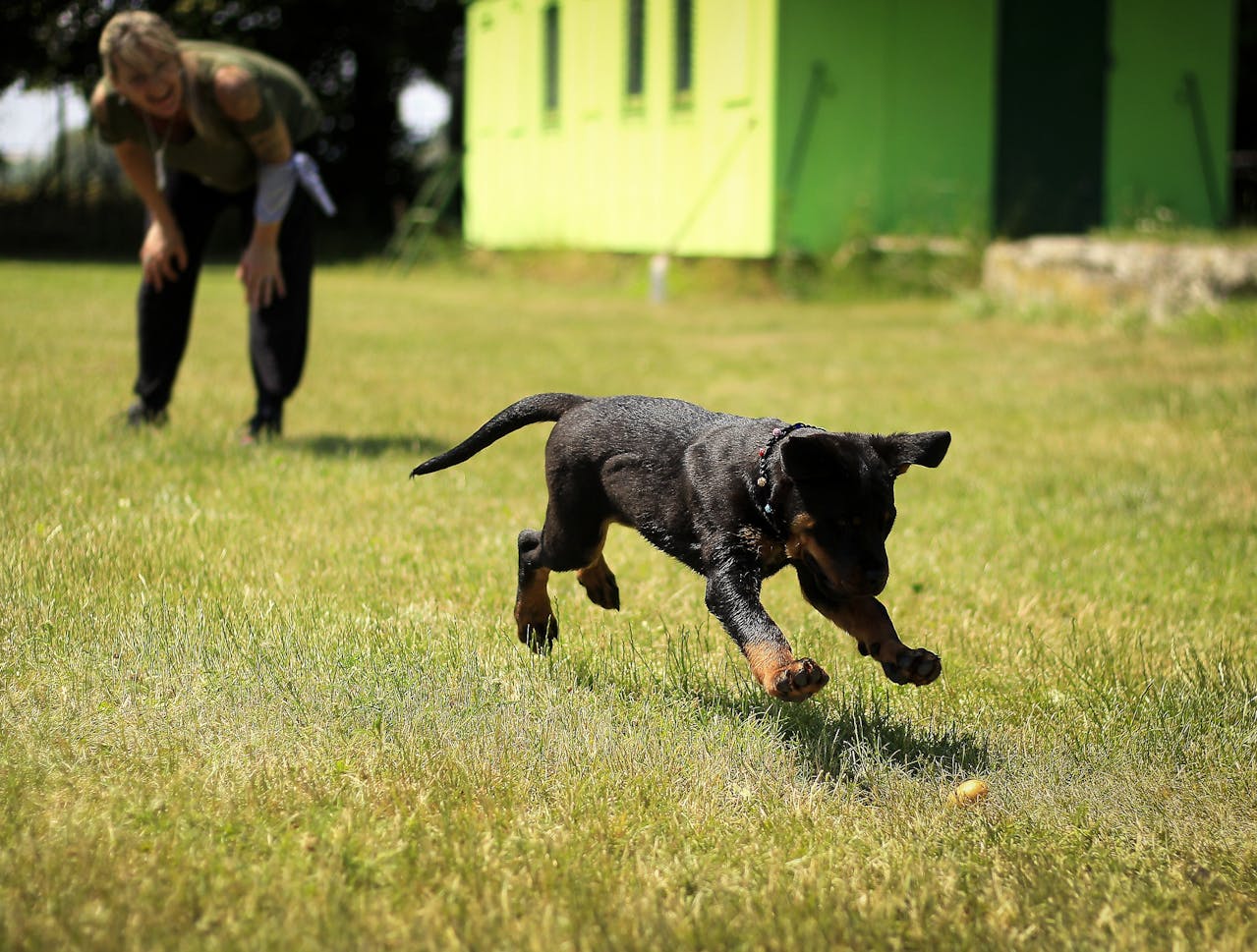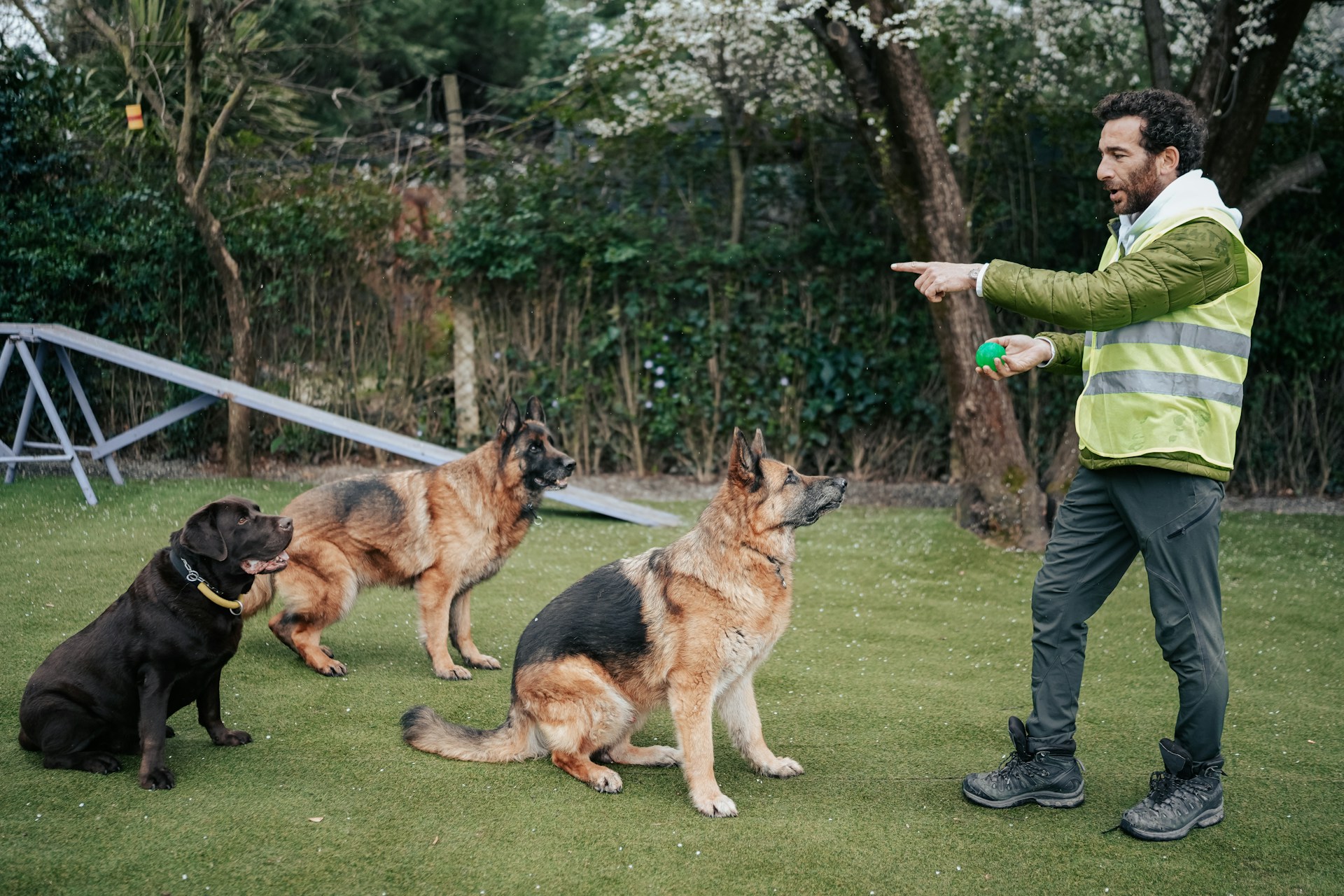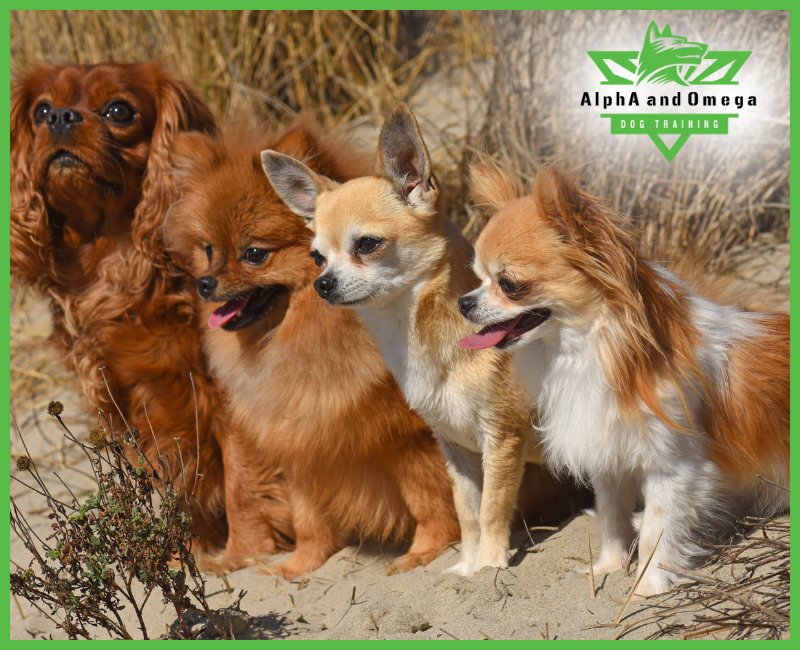
Ready to level up your dog training skills? The new year is a great time to refresh your approach and try new techniques. With a few simple changes, you can strengthen your bond with your furry friend and achieve amazing results. Let’s dive into three effective resolutions to transform your dog training routine. Questions? Call us! We have great packages for all of your challenges. You’ll experience the difference in a major way in a SINGLE session with us in your home. Believe it!
There’s no better time than the start of a new year to revise and update your approach to dog training. Maybe there are some things you could do differently and maybe there are entirely new ways of looking at training that could revolutionize your results. Try these three New Year’s training resolutions to deepen your relationship with your dog and reap the rewards.
Pay More Attention to Your Dog
Your dog is communicating with you all the time. Sometimes it’s with vocalizations, so it’s important to understand what your dog’s sounds mean. But often, your dog relies only on canine body language to tell you what’s up. Certain body language cues are easy to read, like the hunched posture of a scared dog, but other cues are commonly misunderstood. For example, if your dog refuses to look at you, you’re probably not being deliberately ignored. Instead, your dog is asking you to calm down in dog language.
The more you can learn about how your dog communicates, the better you can judge how your dog feels about your training sessions. Do your dog’s ears perk up when you start to train or does your dog seem stressed? An enthusiastic dog is one who wants to learn, wants to listen, and is eager to obey. On the flipside, if you see your dog is less than keen about training, it’s time to explore what you’re doing to diminish your dog’s interest. Perhaps you’re using a harsh tone, aren’t using appropriate dog treats, or are stingy with training rewards.
It’s also important to look at your dog’s reaction when you ask for a certain behavior. Some things are non-negotiable – dogs should know to wait at doorways or obey the “leave it” cue in the presence of dropped medication. However, lying down might be difficult for an arthritic older dog, or roll over might be uncomfortable for a deep-chested breed like a Basset Hound. If your dog’s body language is indicating dislike of a specific behavior, consider whether you really need to work on that or could another behavior act as a substitute.
Put Yourself in Your Dog’s Paws
When your dog isn’t following your training efforts, it’s tempting to call the dog stubborn or dumb. After all, that puts the responsibility for failed training on the dog, not the owner. But that’s an unfair label to put on your dog. Perhaps your dog will never be an AKC Trick Dog Elite Performer with a whole routine of tricks to show off, but any dog is capable of learning the basics.
If your dog doesn’t seem to be catching on during a training session, don’t keep repeating the same technique. Change it up and try something different that your dog might more easily understand. For instance, if your dog isn’t learning to lie down when lured with a treat, then maybe lure-and-reward training isn’t the right technique for that behavior. Try capturing your dog’s behavior instead by offering a reward whenever your dog lies down on their own.
If your dog seems stubborn, chances are you simply haven’t found the right motivator. Not all dogs will work for the same things. Treats might be incredibly rewarding to a food-loving Labrador Retriever, but a ball-obsessed Golden Retriever would far rather be rewarded with a game of fetch. Dogs have their own hierarchy of rewards, and what seems exciting to you isn’t always exciting to your dog. Learn what your dog truly loves so you can use it in your training program.
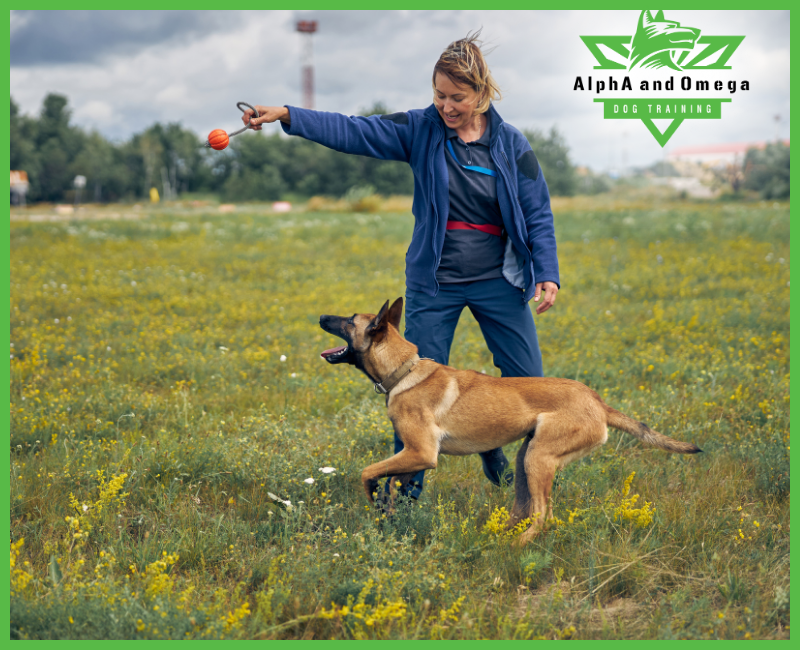
Focus on Positive Resolutions & Ignore the Negative
It’s human nature to take good behavior for granted and punish unwanted behavior, but the opposite approach can make all the difference. Dogs repeat behaviors that are rewarding and don’t waste their time with those that aren’t. Plus, from your dog’s perspective, training is happening all the time, not just during formal training sessions. Every time you interact with your dog, you have a chance to reward the behavior you want to see repeated.
For example, if begging at the table leads to a treat of food scraps, your dog has learned that begging is worth doing. If your dog begs and gets nothing, pretty soon they’ll try something else to get your attention. It might be equally unpleasant, like barking or pawing your leg, but the original behavior will eventually extinguish.
Of course, it’s not enough to ignore negative behavior. You need to teach your dog what to do in its place. If you don’t want your dog to beg, teach an alternative behavior that is incompatible with begging, such as lying on a dog bed or relaxing in a crate. If you heavily reward that alternative behavior, your dog will start to choose that activity instead. By rewarding what you want to see and ignoring what you don’t, you can shape your dog’s future behavior choices.
These three New Year’s resolutions can have a big impact on your dog’s behavior. But, by putting your dog front and center in the training process, these resolutions will also strengthen your bond. Your canine companion will feel understood as well as more enthusiastic about working for you. And your dog will learn what you want rather than what you don’t. That will help ease any stress or confusion as your dog gains a greater understanding of your rules and expectations. Here’s to a successful new year with your dog.
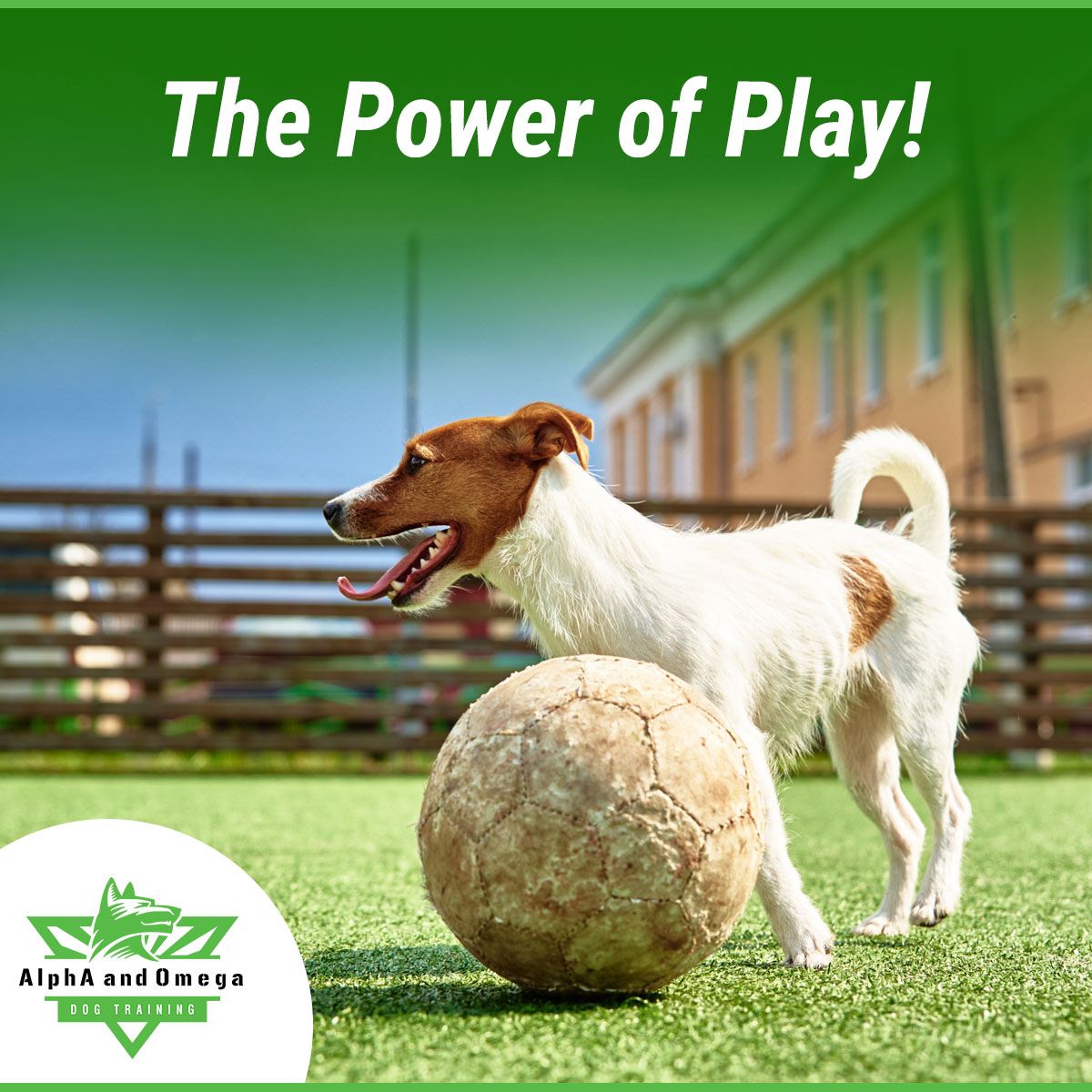
Invest in your dog’s future. Our expert trainers can help you achieve your training goals and create a well-behaved, happy companion. Contact our puppy training Florida today at (844) 739-0990 and visit our Instagram for more tips and tricks.
Reference: [https://www.akc.org/expert-advice/training/dog-training-new-years-resolutions/]
